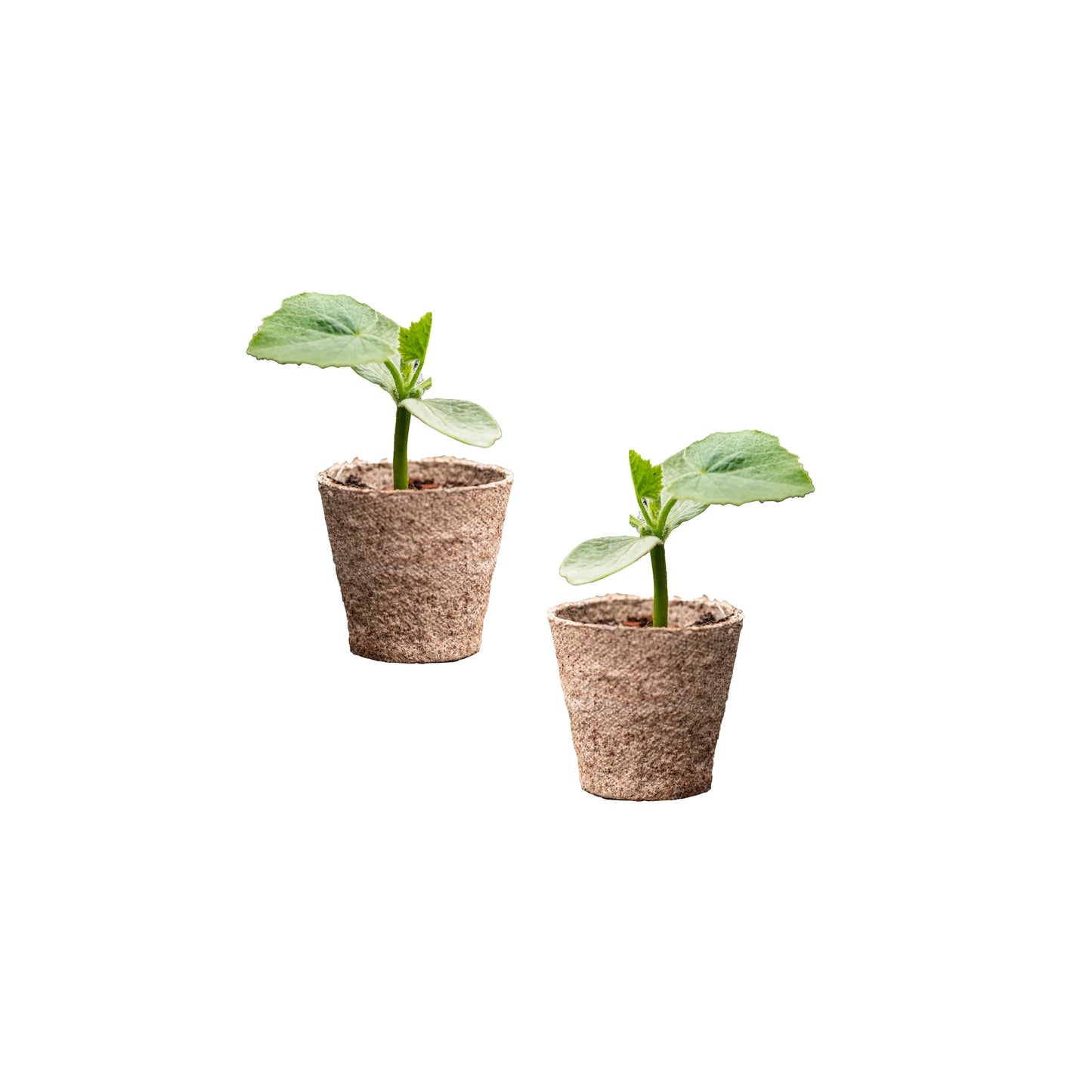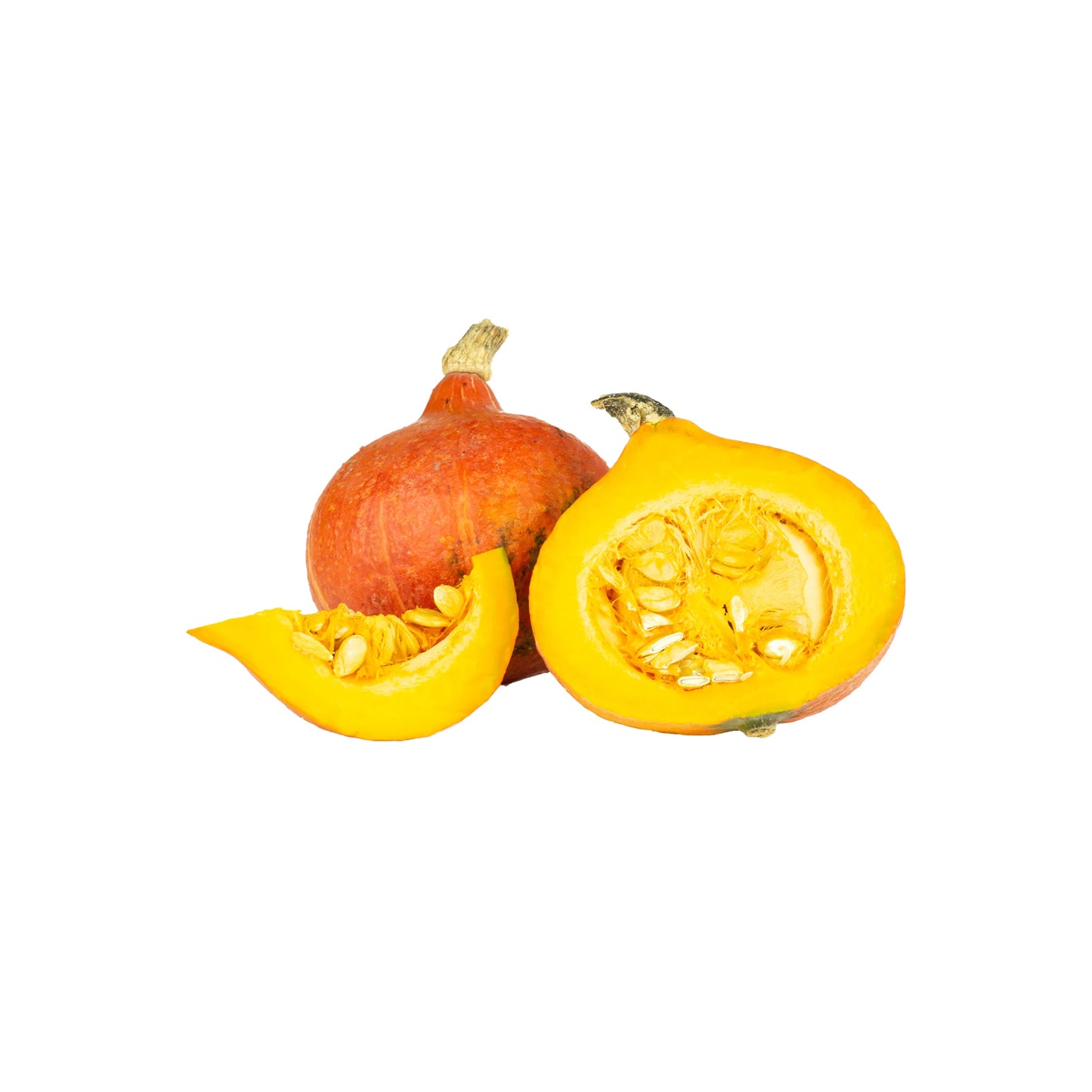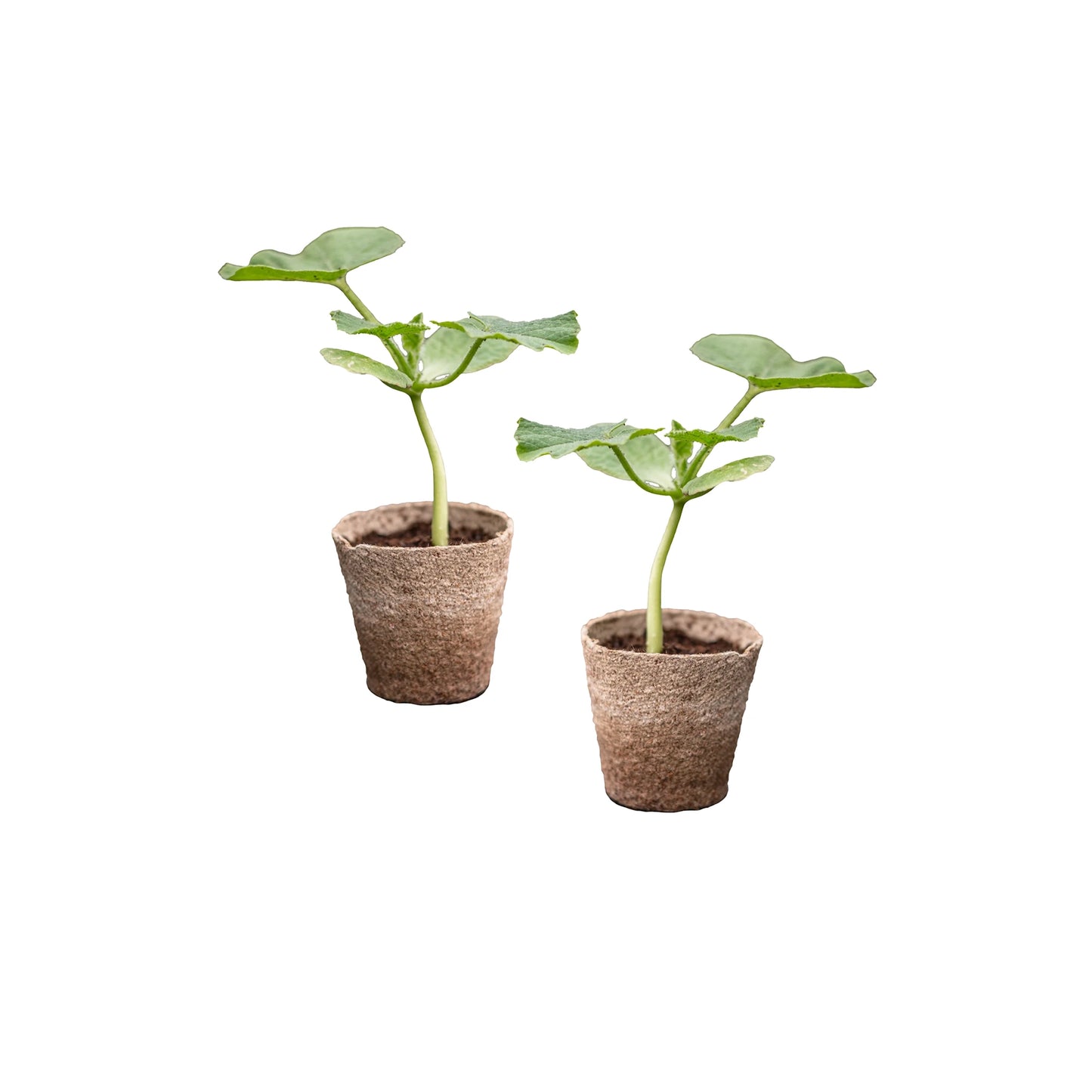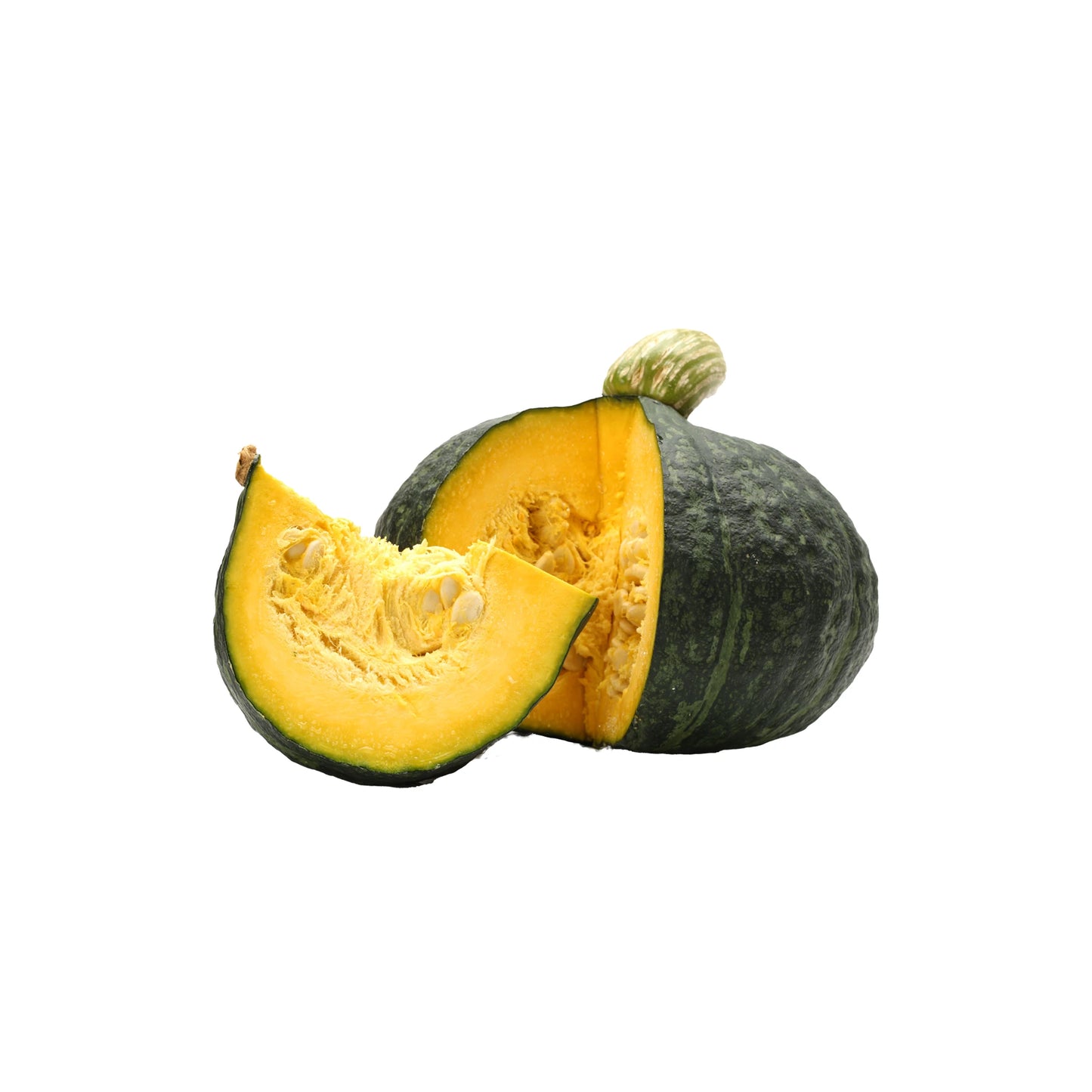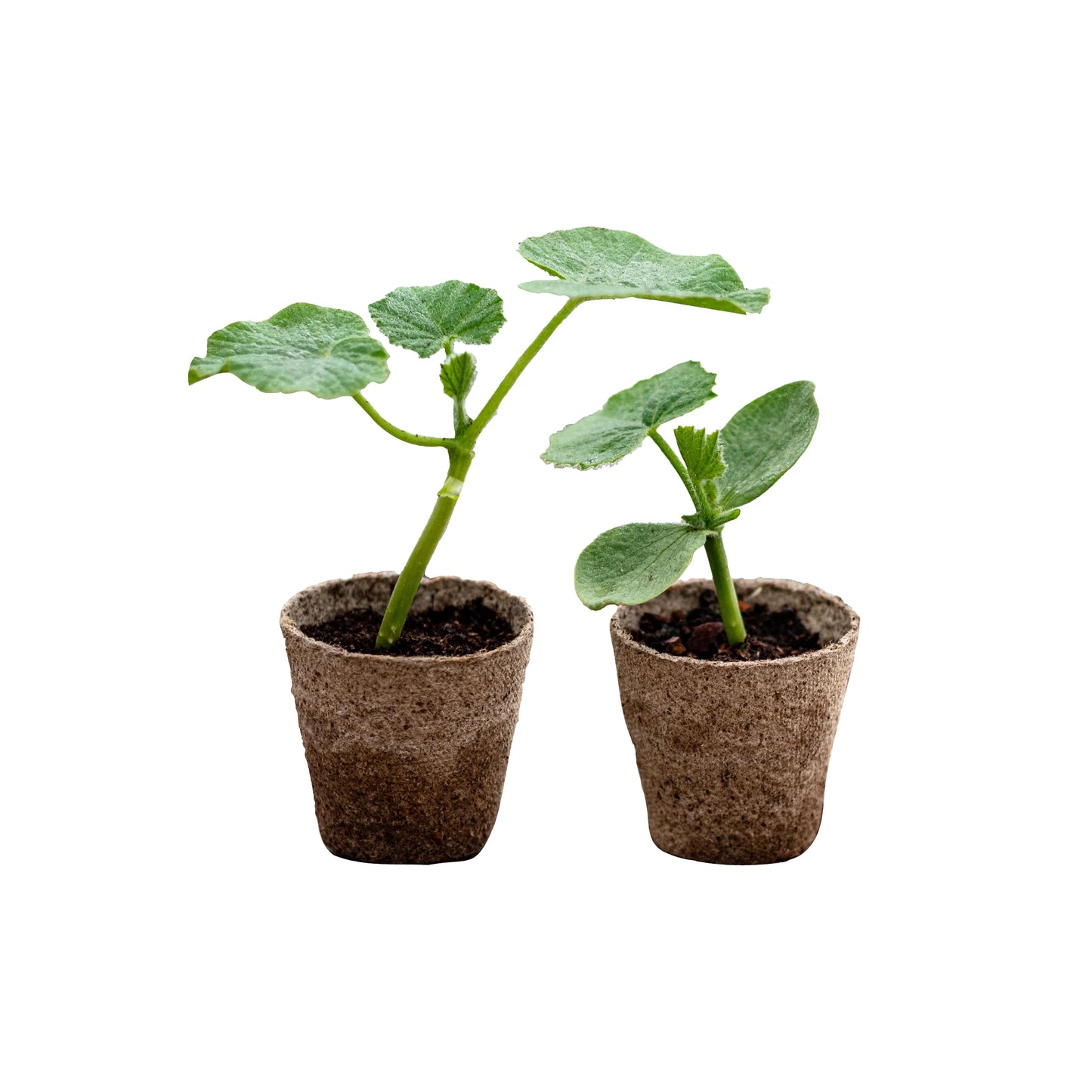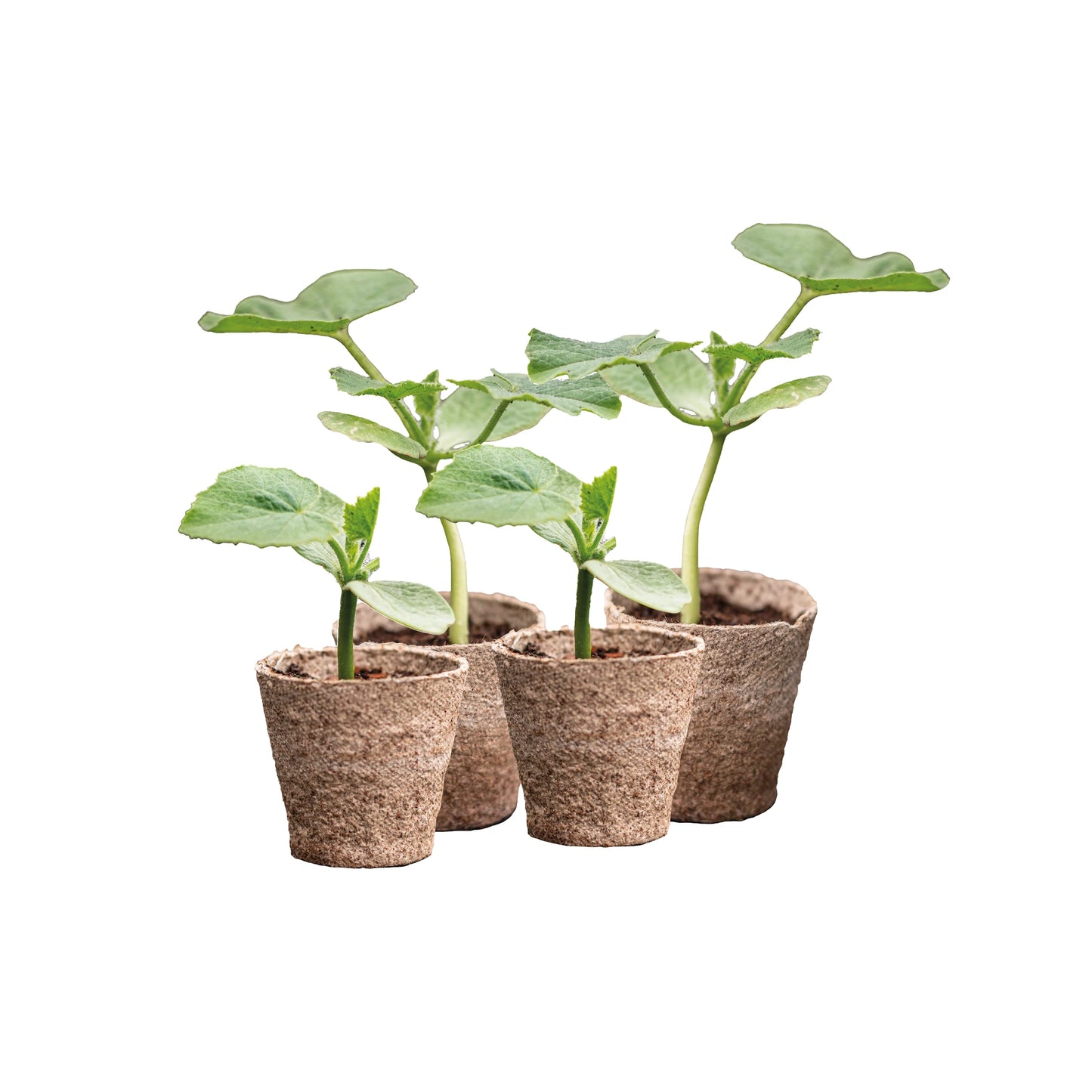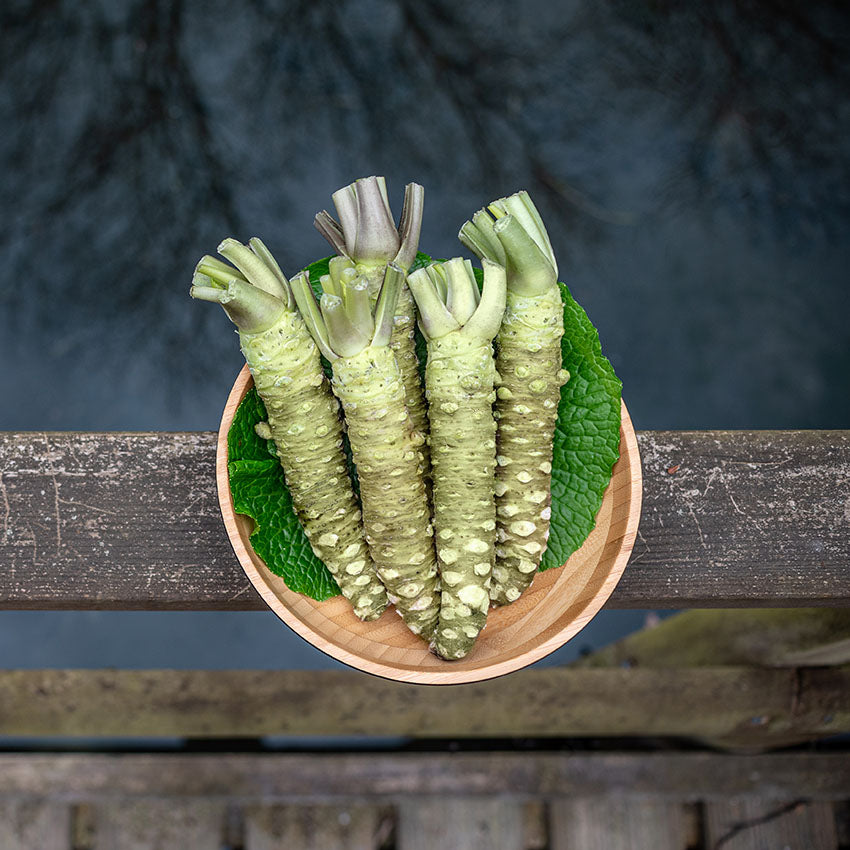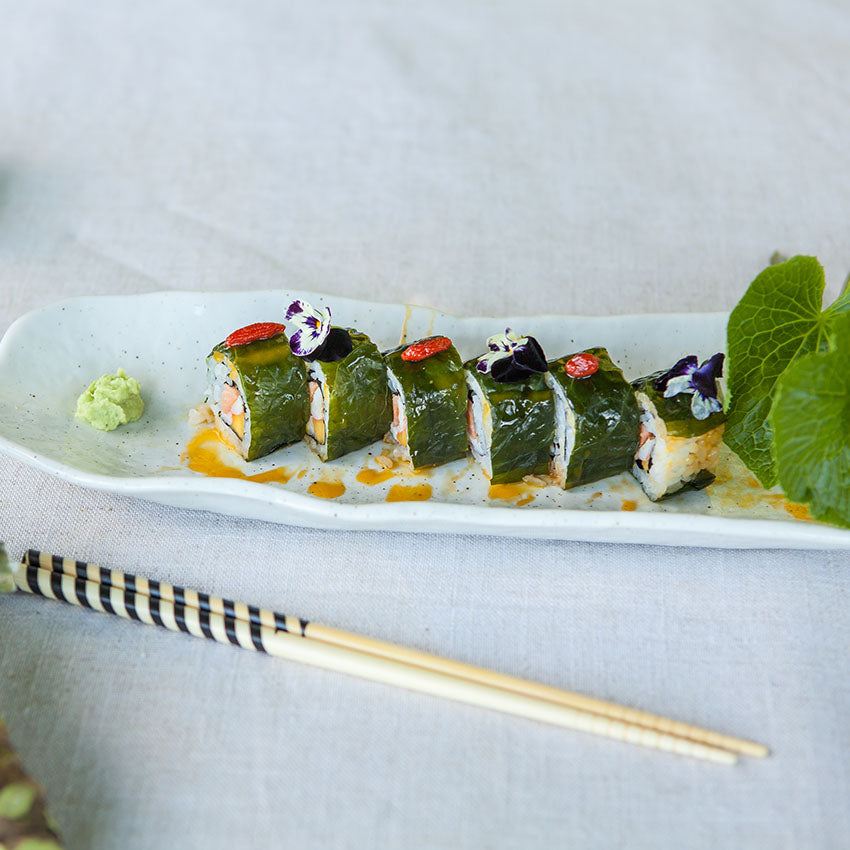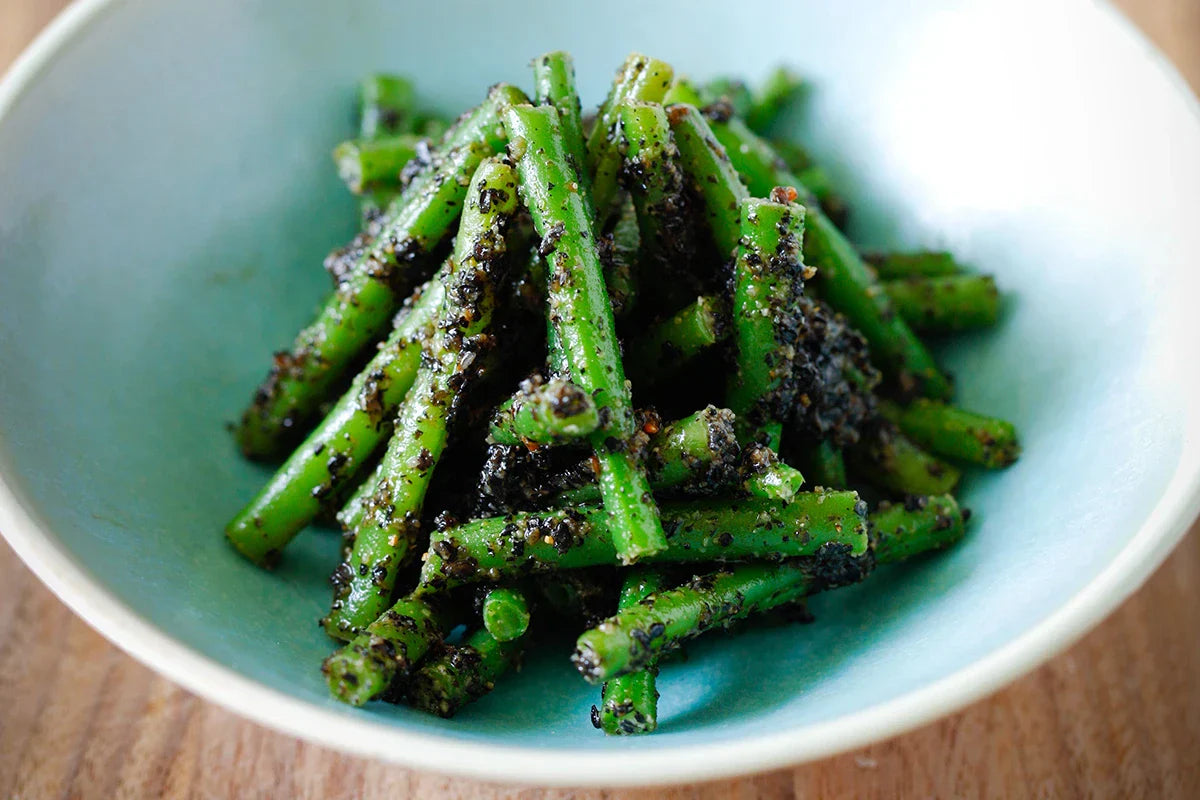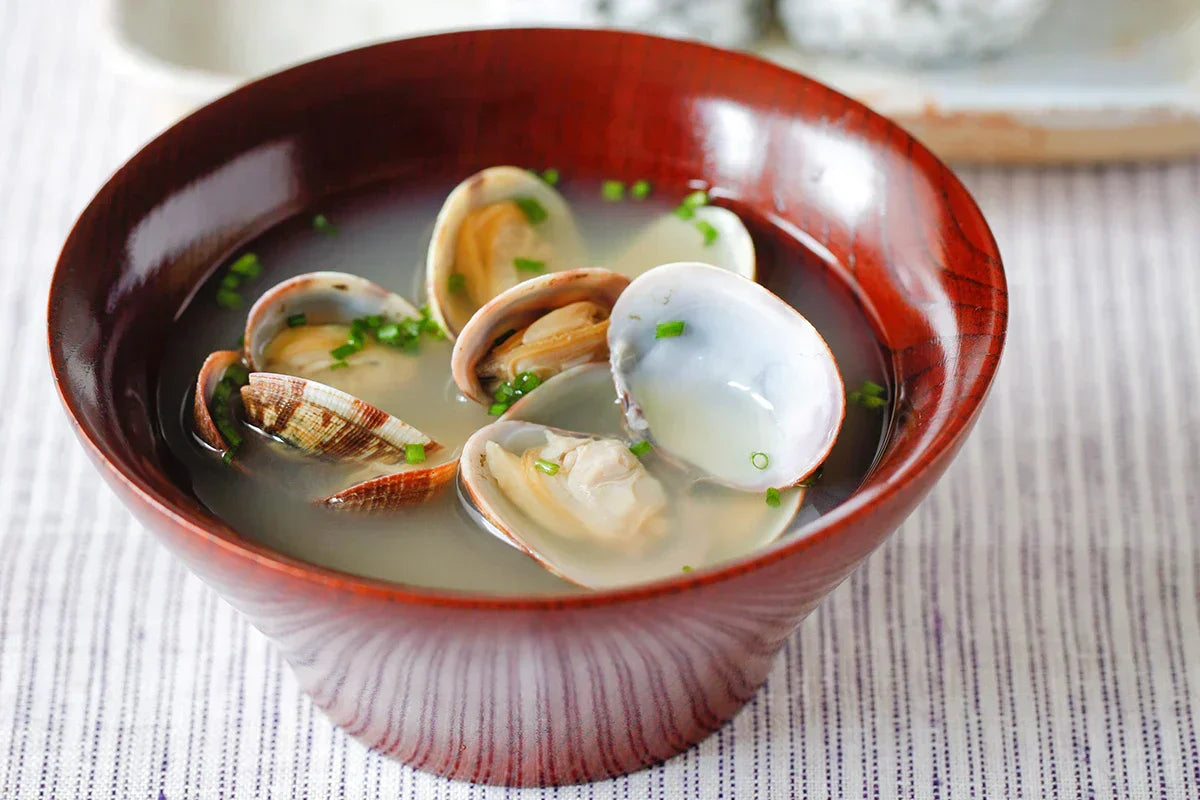The winter squash Kabocha – also known as Japanese squash or Japanese pumpkin in the West – is a Japanese variety of the species Cucurbita maxima. However, in Japan, the term kabocha is often used to refer to this variety and also other squashes, including the Western pumpkin. This is why ‘Japanese squash’ tends to mean the Kabocha variety, although there are other varieties including the Hokkaido squash (also known as the Red Kuri squash or Uchiki Kuri squash).
Kabocha is smaller than Western pumpkins and has a sweet, nutty flavour and a firm, dense texture. In terms of both flavour and texture, it’s often described as a cross between a Western pumpkin and a sweet potato. However, unlike Western pumpkins, Kabocha plants have dark green skin (sometimes with white stripes) concealing the sweet orange flesh beneath.
Japanese squash is a premium ingredient in many different classic dishes from savoury to sweet, including miso soup, stir fry, tempura and curry, as well as flans and sweets. In addition to its natural sweetness, Japanese squash also provides a huge amount of fibre, iron, vitamin C and vitamin A, making it a fantastic component of a healthy, balanced diet. It’s no wonder that it’s such a staple in Japanese cuisine!


